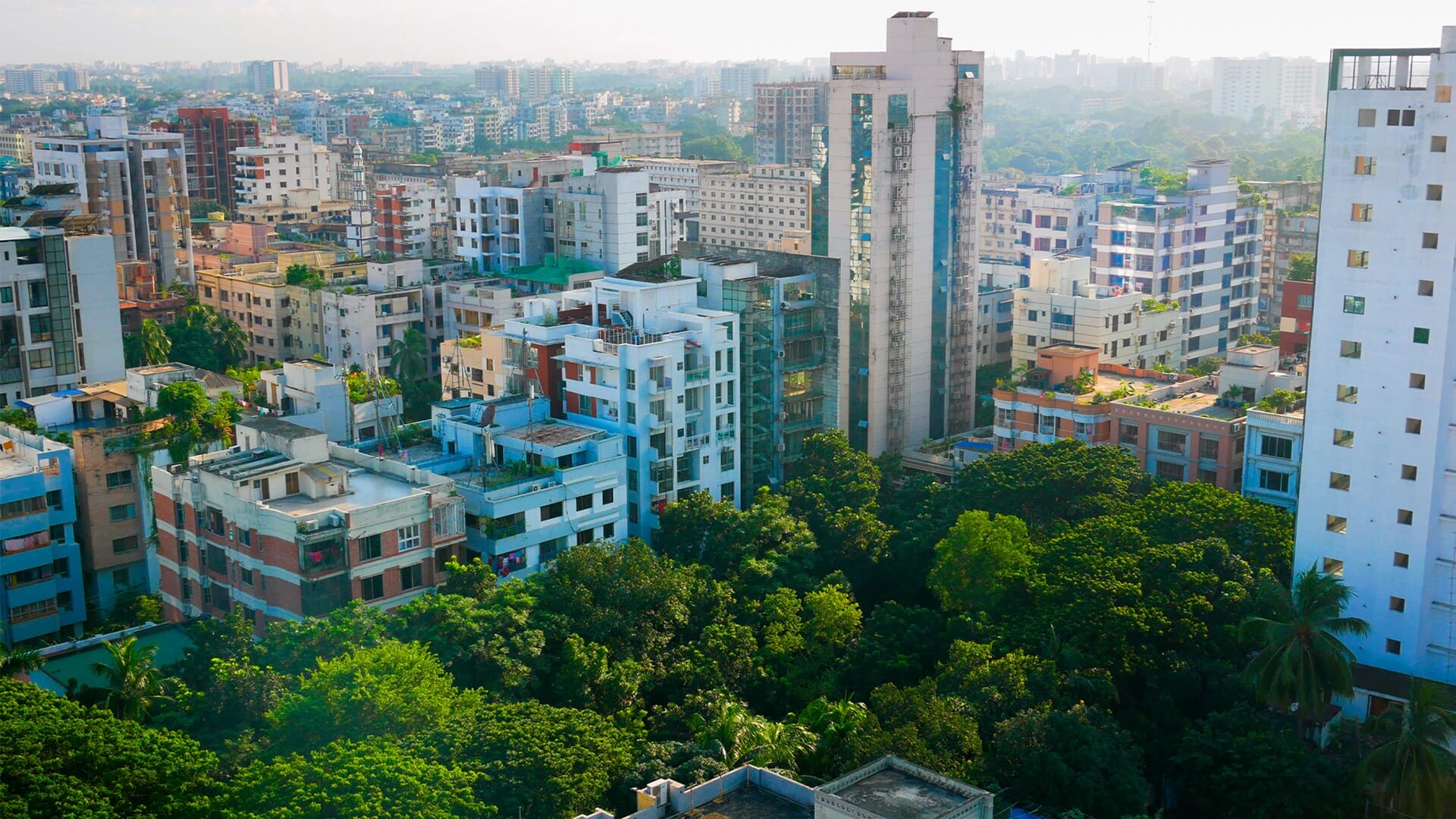 Credit: Envato
Credit: EnvatoCatalysts for Residential Real Estate
Key insights from GRI Club India’s exclusive event
July 1, 2024Real Estate
Written by Isabella Toledo
The residential real estate market in India has been witnessing significant growth, driven by rapid urbanisation, a burgeoning middle class, and government initiatives aimed at affordable housing. With cities expanding at an unprecedented rate, there is a rising demand for residential properties across metropolitan, tier 2, and tier 3 cities.
The government’s "Housing for All" initiative, along with subsidies and tax incentives for homebuyers, has further fueled this growth. Moreover, the implementation of regulatory reforms, such as RERA, have brought in much-needed transparency and accountability, boosting consumer confidence and investment in the sector.
In recent years, the market has also seen an increased interest from non-resident Indians (NRIs) and institutional investors, contributing to its robust expansion. Technological advancements and the adoption of digital platforms have revolutionised the way real estate transactions are conducted, making the process more efficient and accessible.
The shift towards sustainable and smart housing solutions is another trend shaping the market, as developers strive to meet the evolving preferences of modern homebuyers. Despite the challenges posed by the COVID-19 pandemic, the residential real estate sector in India has shown remarkable resilience and adaptability, positioning itself as a key driver of the country’s economic growth.
GRI Club India’s event Catalysts for Residential Real Estate brought together prominent developers, investors, and decision-makers in the residential sector to address upcoming trends in luxury housing, explore real-world case studies, and discover the latest advancements in funding models. Read all of the key takeaways of the sessions in our latest report - Catalysts for Residential Real Estate.

The residential real estate market in India has been witnessing significant growth, driven by rapid urbanisation, a burgeoning middle class, and government initiatives aimed at affordable housing. With cities expanding at an unprecedented rate, there is a rising demand for residential properties across metropolitan, tier 2, and tier 3 cities.
The government’s "Housing for All" initiative, along with subsidies and tax incentives for homebuyers, has further fueled this growth. Moreover, the implementation of regulatory reforms, such as RERA, have brought in much-needed transparency and accountability, boosting consumer confidence and investment in the sector.
In recent years, the market has also seen an increased interest from non-resident Indians (NRIs) and institutional investors, contributing to its robust expansion. Technological advancements and the adoption of digital platforms have revolutionised the way real estate transactions are conducted, making the process more efficient and accessible.
The shift towards sustainable and smart housing solutions is another trend shaping the market, as developers strive to meet the evolving preferences of modern homebuyers. Despite the challenges posed by the COVID-19 pandemic, the residential real estate sector in India has shown remarkable resilience and adaptability, positioning itself as a key driver of the country’s economic growth.
GRI Club India’s event Catalysts for Residential Real Estate brought together prominent developers, investors, and decision-makers in the residential sector to address upcoming trends in luxury housing, explore real-world case studies, and discover the latest advancements in funding models. Read all of the key takeaways of the sessions in our latest report - Catalysts for Residential Real Estate.
